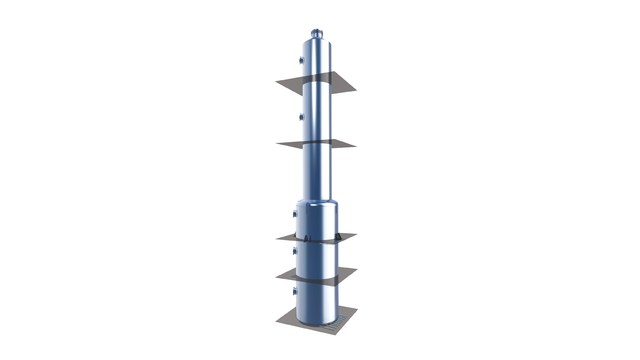SoftColumn
Alfa Laval은 기존의 탈취 사고에서 나아가 산업의 표준을 설정하는 새롭고 더 나은 아이디어를 개발합니다.
Deodorization is such a crucial part of edible fats and oils processing that the only way to really get ahead – and stay there – is to use the latest technology and the best equipment.
Alfa Laval’s patented breakthrough in applying thin-film technology to modern deodorization processes opens up important opportunities for taking your processing efficiency to a new level. It enables you to use less steam and to process the oil at lower temperatures. This results in more gentle, effective treatment that greatly benefits the quality of your fats and oils.
The Alfa Laval SoftColumn™ deodorization concept is also designed to be extremely versatile. Separate stripping and retention sections provide a wide range of options for implementing the most efficient deodorization solution currently available – both in new installations and when extending and updating existing fats and oils processing installations.
사용 방법
Beginning with deaeration
Before heating the oil, air must be removed under vacuum (deaeration) in order to protect the quality of the product by preventing oxidation. After leaving the deaerator, the oil is regeneratively heated in a special heat exchanger, the economizer, by the hot oil leaving the deodorization column. This ensures that as much heat as possible is recovered from the hot oil. The oil then proceeds to a final heater where it is brought up to the exact temperature required for deodorization, normally using high-pressure steam.
Stripping and retention
When the oil has reached the designated temperature, it is fed to the deodorization column, which is the main component used for deodorizing edible fats and oils. Such a column can consist of a stripping section and a retention section. When the oil passes through the stripping section, it is exposed to a combination of vacuum and steam that removes volatiles – including free fatty acids (FFAs) – that have a higher vapour pressure than the oil itself. If present, these volatile impurities affect the flavour, odour and stability of edible oils.
The oil is then held in a retention section for a certain amount of time for thermal treatment – known as heat bleaching – that deals with undesirable pigments and ensures the stability of the final product. The length of time the oil is kept in the retention section depends heavily on the desired product specifications.
Condensing removed impurities
The volatile impurities that have been removed from the oil are condensed in a so-called scrubber unit, using recirculated and cooled distillate. The scrubber is either placed on top of the stripping section or built as a separate vessel.
Cooling
Finally the oil is cooled in two stages. First in the economizer, and then to the specified final temperature. It then undergoes polish filtration and is transferred to subsequent processes, storage or packaging.

